How to Be a Good Hiker: Hiking Skills and Gear
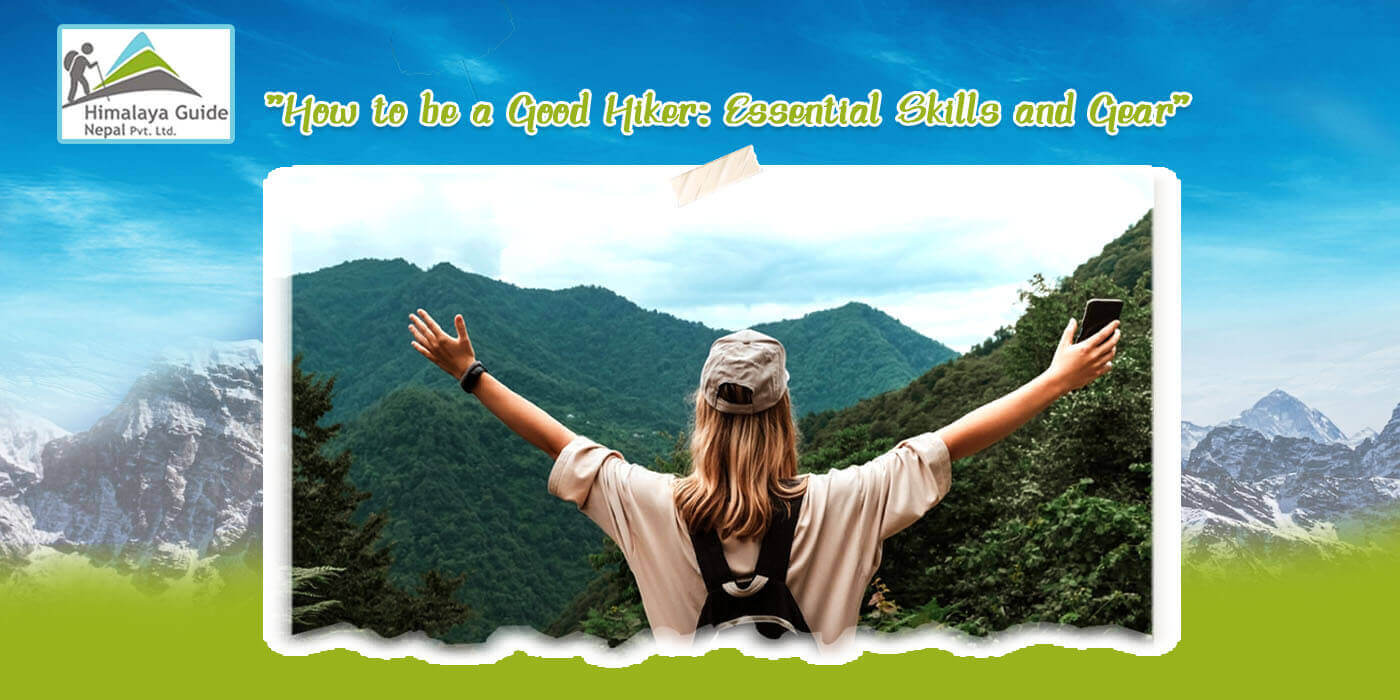
9 Oct 2022 Chandra Gurung
The Mountaineers, hiking, climbing, and conservation company founded in Seattle developed a list of ten necessary hiking skills and gear checklists that no climber should be without on a trek in the 1930s. Hiking isn’t a sport for the faint of heart. Any errors or assumptions made might have disastrous or even fatal effects. Adhering to the outlined instructions is critical to ensure that everything checks out and setbacks are eliminated, particularly on more challenging and distant walks.
We expanded on the Mountaineer’s list by considering “what hiking skills are important” a lot of which need the Mountaineer’s things. We felt it was a clever twist on the theme.
1. Understand How to Navigate a Map
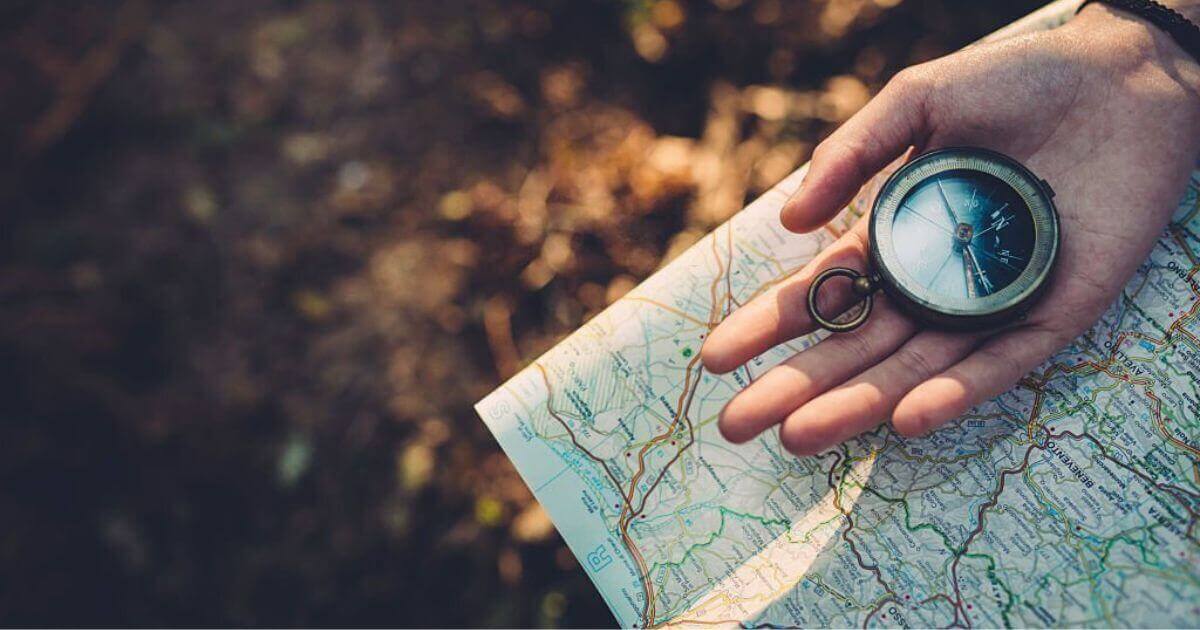
Whether you know it or not, maps are a vital aspect of life. Maps acquire new significance in the outdoors.
A map not only shows you where you will be, how to get to your objective, and how long you have to travel, but it may also assist you in finding campsites, water, and an emergency evacuation route in the event of an accident. Fortunately, today’s hiker can find a map in various formats. You could have a Gps tracker with built-in maps, or you can utilize your phone to navigate.
Make sure you have all the maps downloaded since you’ll frequently trek in regions with no or limited mobile coverage. Hiking skills and wilderness maps, on the other hand, differ from standard maps. They provide critical information such as canal navigation, elevation variations, and campground locations.
A roadmap will preferably assist you in better preparing for any unanticipated events that may arise. It enables you to scout an area before your vacation. We’ve all heard how crucial it is to plan ahead of time for a vacation, especially if it’s your first time visiting the destination. Using an outdoor map differs from opening an app on your device and entering your destination address. Even on leisurely walks, practice using an outdoor map.
2. How to Use a Compass Correctly
A compass may assist you in navigating unknown territory, especially in inclement weather when landmarks are obscured.
Travelers may now quickly use a compass on their cell phones, thanks to technological advancements. Aside from it, smartphones include GPS, which makes it easy to navigate through unfamiliar territory to your intended location.
In the appropriate scenario, knowing how to operate an old-fashioned compass might be the difference between life and death. It’s not meant to be dramatic, but it’s true.
3. Bring Water or Understand How to Disinfect It
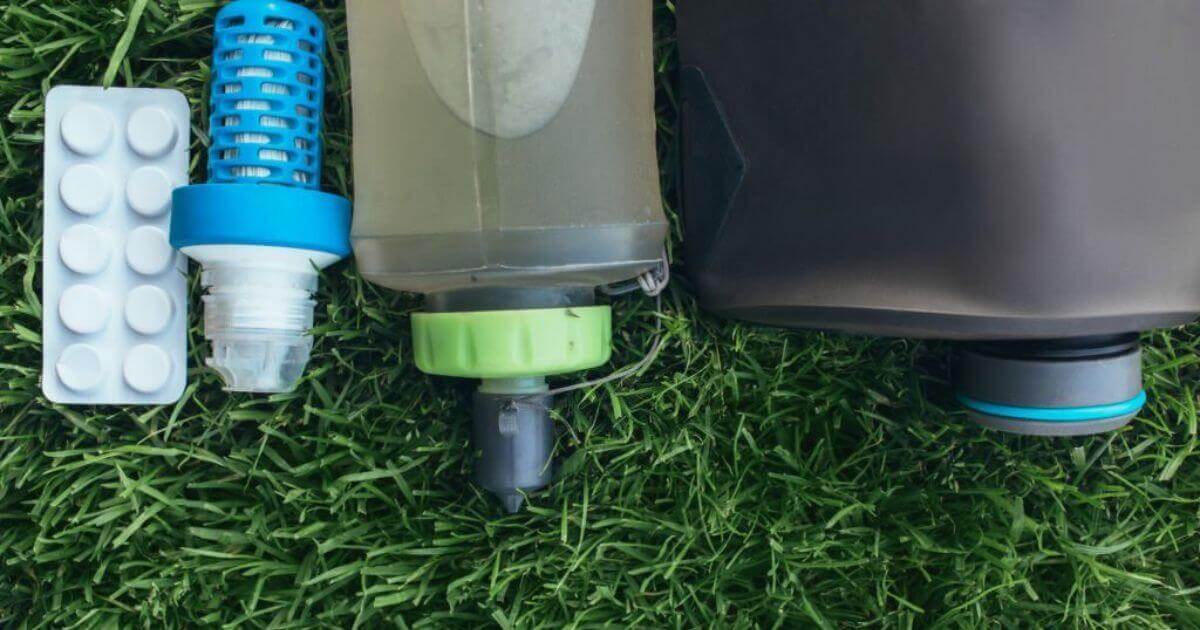
When your body goes for an extended time without receiving any fluids, the muscles, as well as the body as a whole, begin to deteriorate. You may face negative health impacts in addition to always being thirsty. For example, the immune system is weakened, possibly exposing your body to various conditions such as dehydration and hypothermia.
You will expend much energy climbing the trail during the trek. As a result, you’ll have to have a large amount of water to keep your body hydrated and cool. There are numerous strategies to hydrate oneself outside, the simplest being to bring water with you if the trip is brief. So will need a sturdy water bottle that is simple to carry and does not leak.
You may always cleanse the water if you live in a location with streams or lakes. It entails carrying a piece of special equipment that is simple to operate. Why not just drink directly from the lake or stream? There is a slight risk that you will consume a pathogenic microorganism. The remainder of the trek may be pretty challenging if you do this.
4. You Must Be Able to Fill Up Yourself
A prolonged diversion, getting lost, an accident, or challenging terrain might all put you away longer than intended. A few ounces of excess food can help you maintain your energy and morale.
Regardless of your trek length, always bring a few hiking snacks. They might be a solid pick if your energy is low.
If you believe you will be on the path during a big meal, you should consider taking freeze-dried meals. These dishes have gone a long way in recent years and may be delectable. You’ll only want to ensure you can heat water and have something to eat. Nuts, healthy road mix and energy bars are other fantastic and quick items to take.
It is wise to bring excess food on your trekking expedition. Bring non-perishable meals and lots of water, though. You never know when you’ll be able to return home, and anything may happen when you’re out in the midst of nowhere.
5. Be Prepared to Dress for Weather
Since the weather forecaster is not always correct, carry extra clothing above the treeline. Two rules: Avoid cotton (it holds moisture near the skin), yet always bring a hat.
I’ve long claimed that a high-end rain jacket is one of the most acceptable purchases I’ve ever made. I’ve used it several times, often in hazardous situations. The contrast between good and average attire is night and day. Injuries in the middle of nowhere are the last thing anybody wants to happen. Wearing proper footwear and protective clothes (such as leather gloves if you are prone to splinters) can be beneficial.
Boots, caps, and raincoats are among the essential items on this list. They will protect you from adverse weather situations. The equipment will also assist you in reducing the hardship of the hike. Hiking shoes, for example, provide a firmer grip on the surface or wet rocks, keeping you from sliding and harming yourself.
6. Understand How to Utilize a First Aid Kit as Hiking Skills
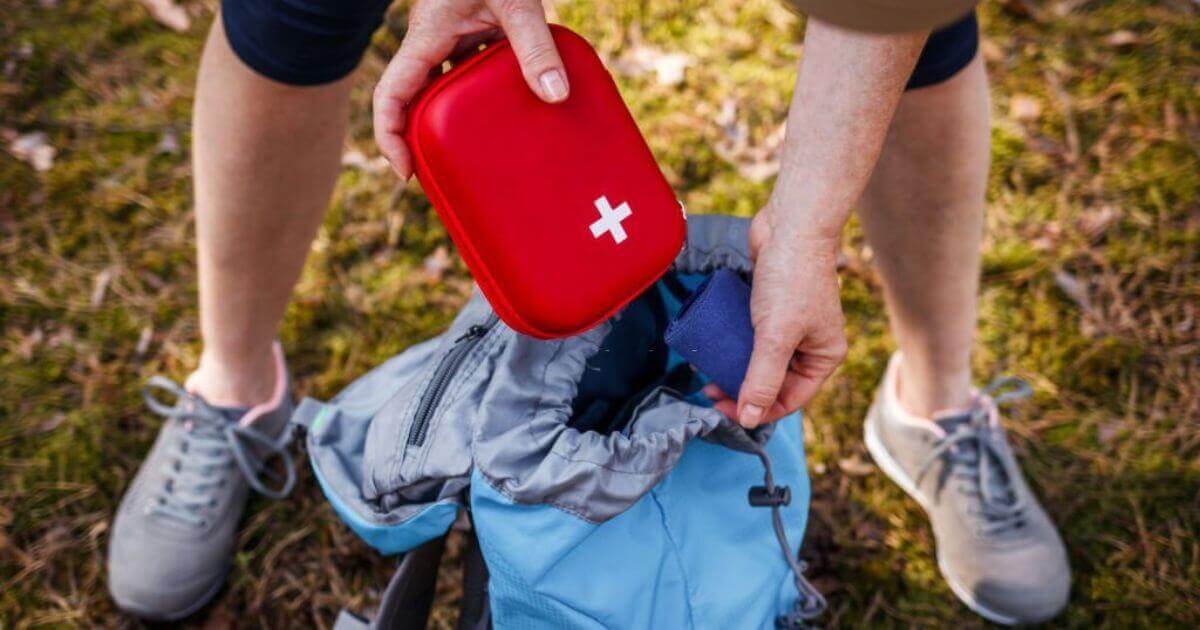
The first aid package will assist you in keeping circumstances underlined, significantly if any of the hikers is injured. It might take some time for the paramedics to arrive. Perhaps it will be hard for them to navigate the path, for example.
If someone on your trip has a minor injury, you may continue the hike if you bring some basic supplies and know how to utilize them. We strongly advise a brief evaluation of all your first aid equipment before each walk. Consider the peculiarities of the local geography: Are you likely to come into poison ivy or mosquitos? Things to think about.
For more severe injuries, being how to dress a wound or, at the very least, relieve the discomfort caused by a fracture can aid in the eventual medical assistance procedure.
7. Know How to Use an Army Knife or a Multi-Purpose Tool
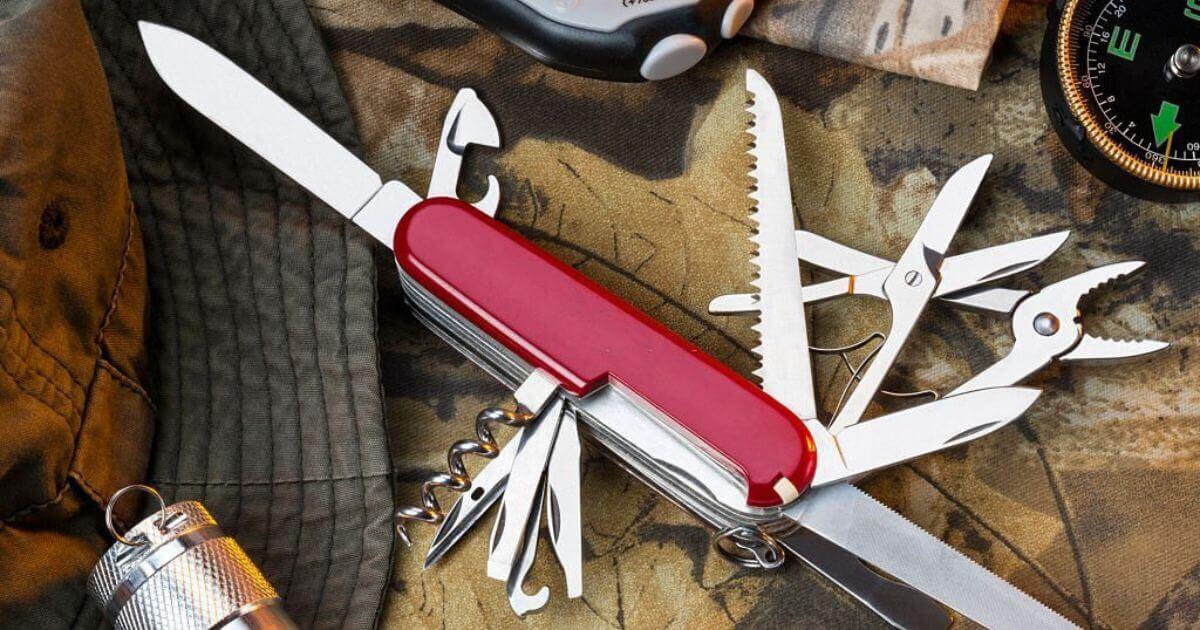
Some of the most incredible outdoor old-timers I’ve ever met always kept a folding knife.
These tools enable you to adapt and chop everything from little bits of firewood to stems in your camping location, among other things. While some people believe they need to bring a large camping saw, the truth is that most wood used for burning is already split down, and a smaller instrument would suffice. A multi-tool may also be used as a vital first aid tool, allowing wounds to be used as bandages. The tool may also be used to fix damaged glasses or clasps on equipment.
Knives can also be used to clean fish or other animals if you’re roughing them and foraging for your meals. And there’s a slim possibility you’ll use the knife on an assaulting animal – but probably not. That type of stuff happens mostly in movies.
Learn how to operate a knife and how to utilize it in different ways. A single blade may be utilized for various tasks if you employ the appropriate method.
8. Understand How to Ignite a Fire as Hiking Skills
The flame’s heat and a hot meal might help you avoid hypothermia. And, if you become lost, flames are an excellent method to signal for aid.
Even if you believe you’ll be done in a hurry, you should bring some firestarters with you on each hiking excursion. In such a journey, you could never plan that far ahead. Anything may happen in the middle. You’d be better off carrying these things and not requiring them instead of not bringing them at all.
Furthermore, you may light the fire and utilize it to create meals because protein bars, snack mix, and berries will only go you so far. Because fire startles animals, it also certainly keeps predators at bay when people are camping. This also applies to insects that cannot tolerate smoking and will avoid you.
Please remember that fire restrictions are prevalent, particularly in the late summer and early fall. Please check with your local natural resource organizations or the Forestry Service to ensure that you may use a campfire during your hiking or climbing excursion. The regulations differ depending on the circumstances, so conduct your study.
9. Bring a Flashlight and Spare Bulbs
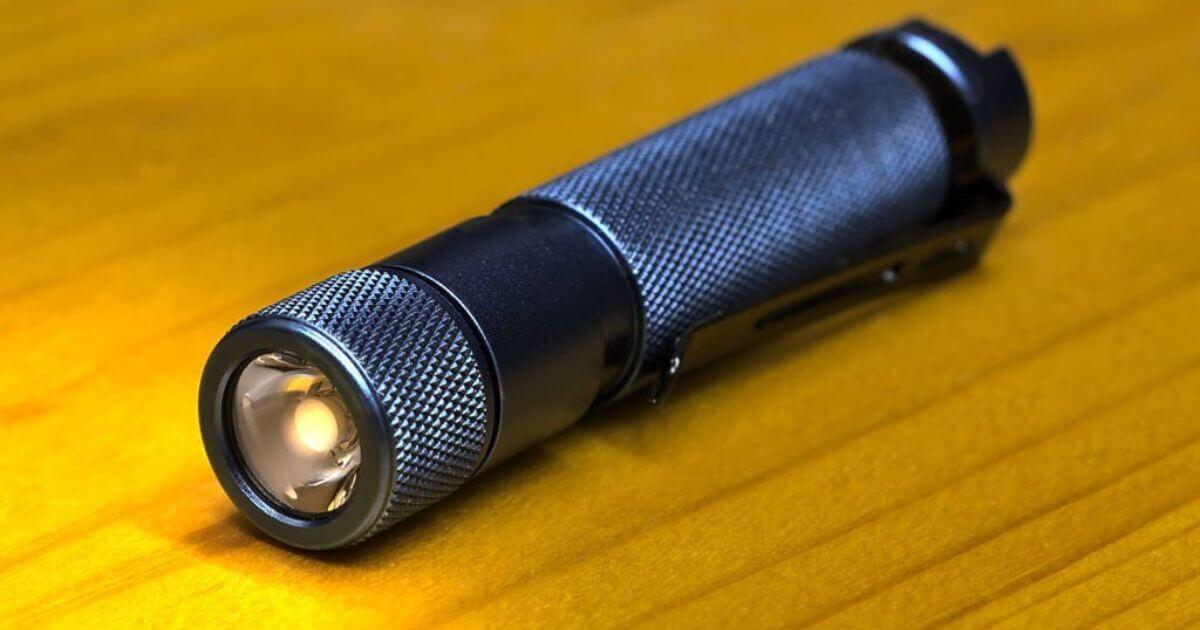
Flashlights (together with a few different bulbs and cells) will come in helpful for navigating in the darkness and signaling for assistance. Besides matches, I rarely hike without light, even if I believe I’ll be trekking during the day.
Of course, they may assist you in navigating the route at night. If your present bulbs fail, the extra bulbs will serve as a deterrent to predators and intruders. In addition, if you become disoriented amid nowhere, the rescue team may utilize the blazing lights to locate you and return you to safety.
10. Use Sunscreen and Insect Repellent
Sunscreen and insect spray can be handy. UV rays and ticks transmitting Lyme disease are the most deadly things you will face in many woodlands. Snow and scorching sun can be harmful if you don’t wear sunscreen. Sunglasses can help you avoid snow blindness, while sunscreen will help you avoid sunburn.
Mosquitoes, black flies, and even ticks will be kept at bay using bug spray. These animals are unpleasant and may also be deadly in some locations since they carry illnesses. Your sunglasses should give you 90-100% UVA and UVB protection. Long-term exposure to the sun’s rays can cause substantial eye damage, including cataracts.
If you bring the following items and hiking skills on every trip, you’ll be more certain to have a wonderful and seamless backpacking trip with few or no hassles.
FAQ
Q: What are the disadvantages of hiking?
Some consequences are trimming native plants, causing soil erosion, poisoning water, enticing wildlife with food, and removing species from preferred habitats.
Q: What your body goes through if you trek daily?
Moving up and down mountains increases the heart rate, resulting in excellent aerobic exercise. Hiking, like most aerobic workouts, lowers your chances of heart disease, strokes, elevated blood pressure, high cholesterol, and even some malignancies. Trekking is a weight-bearing sport that helps prevent osteoporosis and improves muscular mass.
